QuestionMy 71/2 year old red golden retreiver was recently neutered,he developed labored breathing the Vet said he got a fungus called blastomycosis how could he of gotten this, is it fatal, he won't eat he is drinking water but he threw up twice tonite, she gave us a pill called ketoconazole 2 pills 2x a day she said to cut it to 1 2x a day and to feed him a little in the a.m. give him a pill and in the evening and another pill. He won't eat anything any suggestions.
Please help
Sheri Cleary
AnswerHello Sheri -
Blastomyces dermatididis is a fungal organism that lives in sandy, acidic soil in close proximity to water. Most competing soil organisms will kill off the blastomycosis spores unless the conditions are nearly perfect for the fungus to survive. This explains why blastomycosis is often found in small pockets instead of being widespread. The proximity to water appears to be very important.
Blastomycosis is primarily a disease that infects people and dogs. While there have been reported cases in a wide variety of animals including cats, horses, and ferrets, they are relatively rare. While humans often become infected, dogs are still 10 times more likely to develop the disease than people are.
A big factor in determining which dogs or people get infected is directly related to their lifestyle and where they live. People that spend time in the woods, as well as their dogs are much more likely to become infected. If they travel in swamps or near water they are at an even greater risk. Hunting dogs and hounds are therefore infected much more frequently than house pets in a given geographic area. Younger dogs are more commonly infected with the highest prevalence seen in 2-year-old dogs.
Infection occurs from the dog inhaling the spores that are found in the soil. The spores then travel down into the airways of the lungs and an infection develops. It has been suggested that some infections could occur through a wound in the skin, but this source of infection is thought to be very rare.
Once Blastomycosis establishes itself in the lungs, it then spreads throughout the body to different locations. The most common sites for infections after the lungs include the skin, eyes, bones, lymph nodes, subcutaneous tissue, brain, and testes.
The symptoms of blastomycosis in dogs include lack of appetite, weight loss, coughing, eye problems, lameness, or skin problems. Signs may be present for a few days to a few weeks, or in some cases, up to a year. The disease can wax and wane with the severity of the symptoms improving slightly and then worsening again.
Up to 85% of dogs with blastomycosis have lung lesions and accompanying dry, harsh lung sounds. Forty percent of dogs with blastomycosis have eye lesions including uveitis, retinal detachment, and hemorrhaging into the eye. Skin lesions are found in 20 to 40% of the infected dogs and are often ulcerated and draining. Bone involvement and resulting lameness is present in about 30% of infected dogs
Treatment is usually necessary for all dogs that become infected with blastomycosis. Unlike some other fungal infections in which many animals are exposed and then recover from the infections on their own, with blastomycosis relatively few animals are exposed and infected, but those that are require treatment.
There are several treatment options. The most common treatment is the oral administration of the antifungal drug Itraconazole. This drug usually needs to be given daily for 60 to 90 days. It is a human drug and can be very expensive, particularly for a large dog, but it is currently the safest and most effective way to treat blastomycosis.
For dogs that can not tolerate or do not respond to Itraconazole, the injectable drug Amphotericin B can also be used. This drug is given intravenously several times a week. Because it is more toxic than Itraconazole, it is administered under close veterinary observation.
Ketoconazole (Nizoral) is occasionally used in milder cases where cost is a strong consideration. It is not as efficacious and is slightly more toxic than Itraconazole, and therefore, is not usually the first choice in treatments.
Most animals will have severe appetite loss and must be encouraged to eat or be force fed the first 7-14 days.
There is currently no vaccine available to protect against blastomycosis. Because of the isolated distribution pattern of blastomycosis, it is difficult to determine where the source of most infections come from, and therefore, avoidance is almost impossible. The disease cannot be transmitted from an infected animal to a healthy animal or from an animal to a person, it can only be acquired from inhaling the spores in the soil. Limiting the amount of time a dog spends in the woods, particularly near water sources may reduce the incidence. Knowing if blastomycosis occurs in your area, recognizing the symptoms, and seeking prompt veterinary attention are the best ways to deal with this disease.
Try to feed him wet food, all natural brands are the best. Look for a brand called Nutro, it can be found in most pet stores, it is very nutritious and does not have nay by-products or chemicals. If he will not eat that, then try adding chicken broth to his dry food, this is also nutritious and will help him ingest the vitamins and minerals his body is lacking.
The best natural aid for fungual and bacterial infections is Garlic. You can administer Garlic powder to his food. Garlic is an anti-microbial and will help to fight and kill a wide array of bacteria and infections present in the system. Don't be afraid to sprinkle it with a heavy hand, dogs love Garlic and this should also encourage him to eat. The only draw back to adding Garlic to the food is flatulence. It may be a little stinky but the Garlic is doing its job by pushing the bacteria through the system. This is safe and effective treatment for everyday and long term use. I recommend you continue to feed him the Garlic daily it will benefit his overall health and will help to keep bacteria levels down. If he will not eat the food, I make a remedy called "Liquid Garlic", it is for pets who do not care for the flavor of Garlic, although most dogs love it. You would give this to him daily, it a stronger form of Garlic and has Goldenseal in it as well which is great for fighting bacteria and infection. My remedy is in a glycerin base and very easy to administer either orally or in food or a treat. I will leave my contact information at the bottom of this response, if you are interetsed you may contact me there.
You should also give him a supplement of Probiotics such as Acidophilus. Probitotics are the live cultures found in yogurt and help to maintain the good flora (bacteria) of the gut. When animals and humans are sick and are administered anti-biotics, all bacteria in the digestive tract are destroyed and the body is left vulnerable to other ailments and illness. By increasing and maintaining the good flora of the gut, you will increase heal time and in this case help to rid the body of fungal infections. Yogurt is the best for fungus, if your pet will not eat a plain yogurt daily, you could purchase Probiotics in capsule for at a pet store or you can give him the "human" form. This is also safe and effective for daily long term use.
You may also want to supplement the diet with Vitamin A and Flax Seed Oil. These supplements are excellent for eye health and will reduce the chances of retinal detachment, dry eye and further vision concerns.
There is a natural anti-biotic called Colloidal Silver that you may want to research. I make this myself and have used it for many, many ailments and have had great success. Colloidal Silver has been used for centuries for man and beast and has been used to help ailments that never though could be helped. There is a lot of information available on the web about this. I think this may help your pets condition. I would be happy to send you information on this as well.
He is vomitting because he is hungry. I have a Goldren Retreiver to and I understand and feel your concern. I will do what I can naturally to help heal your pet. Although there is no guarantee on curing this ailment, you can supplement his diet and allow for good overall health which will lessen the effects of the Blastomycosis. If the laboured breathing and lung congestion becomes a real problem, feel free to contact me and I can work on a special remedy to ease the congestion and help aid in the removal of the fungus.
I am very sorry to hear of this diagnosis. I hope the information I have provided you will help you and your pet. Please keep me posted on his condition and will again do my best to help you through thus naturally. All above mentioned remedies can be taken along with his current conventional medication and future medications should they become necessary.
If you would like information on natural and herbal remedies for human and animal concerns please contact me at wintersaurora@yahoo.com and I will be happy to assist you. I also offer a catalog of specially formulated herbal remedies which I can send to you as well.
Best wishes and peaceful blessings to you and your pet.
Sincerely,
Sharon Hubbs, AHG
Certified Natural Health Consultant & Herbalist

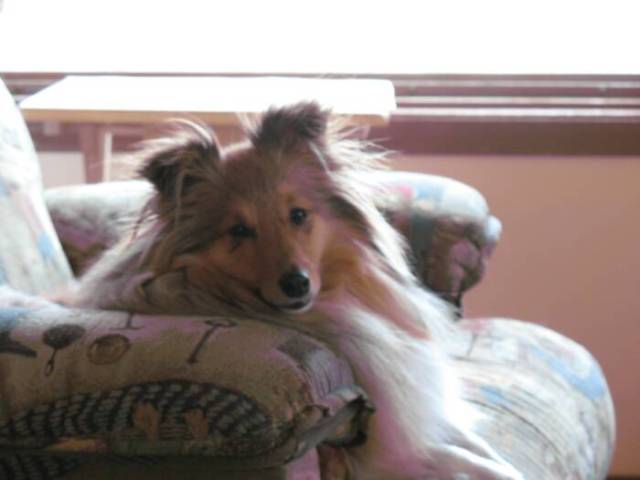 Female Canine Incontinence
QuestionI have a 6yr old spayed female shep/collie mix
Female Canine Incontinence
QuestionI have a 6yr old spayed female shep/collie mix
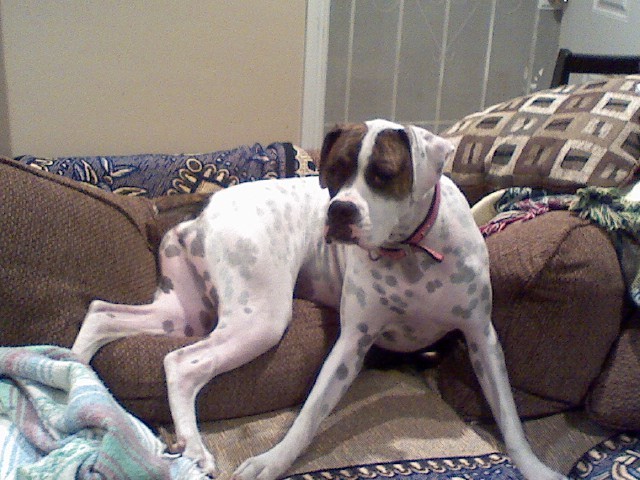 Vaginitis
Question
Blanca
Hi, I have a 14 month old Boxer, when s
Vaginitis
Question
Blanca
Hi, I have a 14 month old Boxer, when s
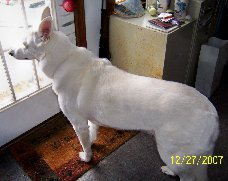 Sudden change in 11 yr old shepherd - Try NuVET Plus .... worth a try...
QuestionHi Marie, I have an 11 year old German shepherd
Sudden change in 11 yr old shepherd - Try NuVET Plus .... worth a try...
QuestionHi Marie, I have an 11 year old German shepherd
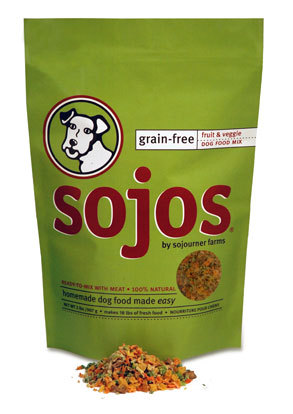 Kidney Failure
QuestionWe have an eleven year old shepherd wolf mix na
Kidney Failure
QuestionWe have an eleven year old shepherd wolf mix na
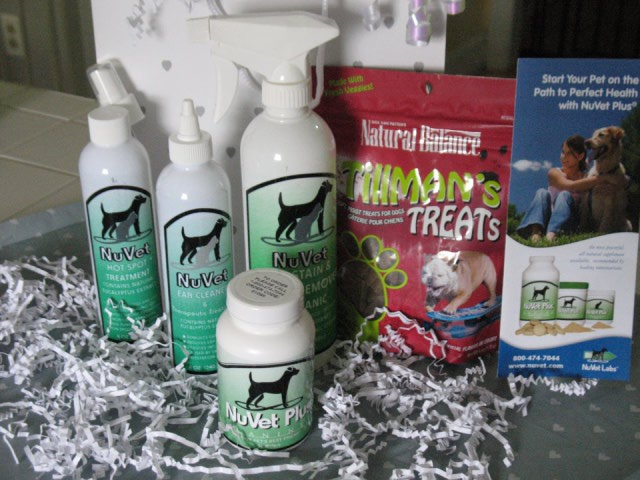 anti- Itch Kit for Bulldogs; shampoo for bulldogs;
QuestionMy Bully,(Scooby), has been a pretty healthy bo
anti- Itch Kit for Bulldogs; shampoo for bulldogs;
QuestionMy Bully,(Scooby), has been a pretty healthy bo